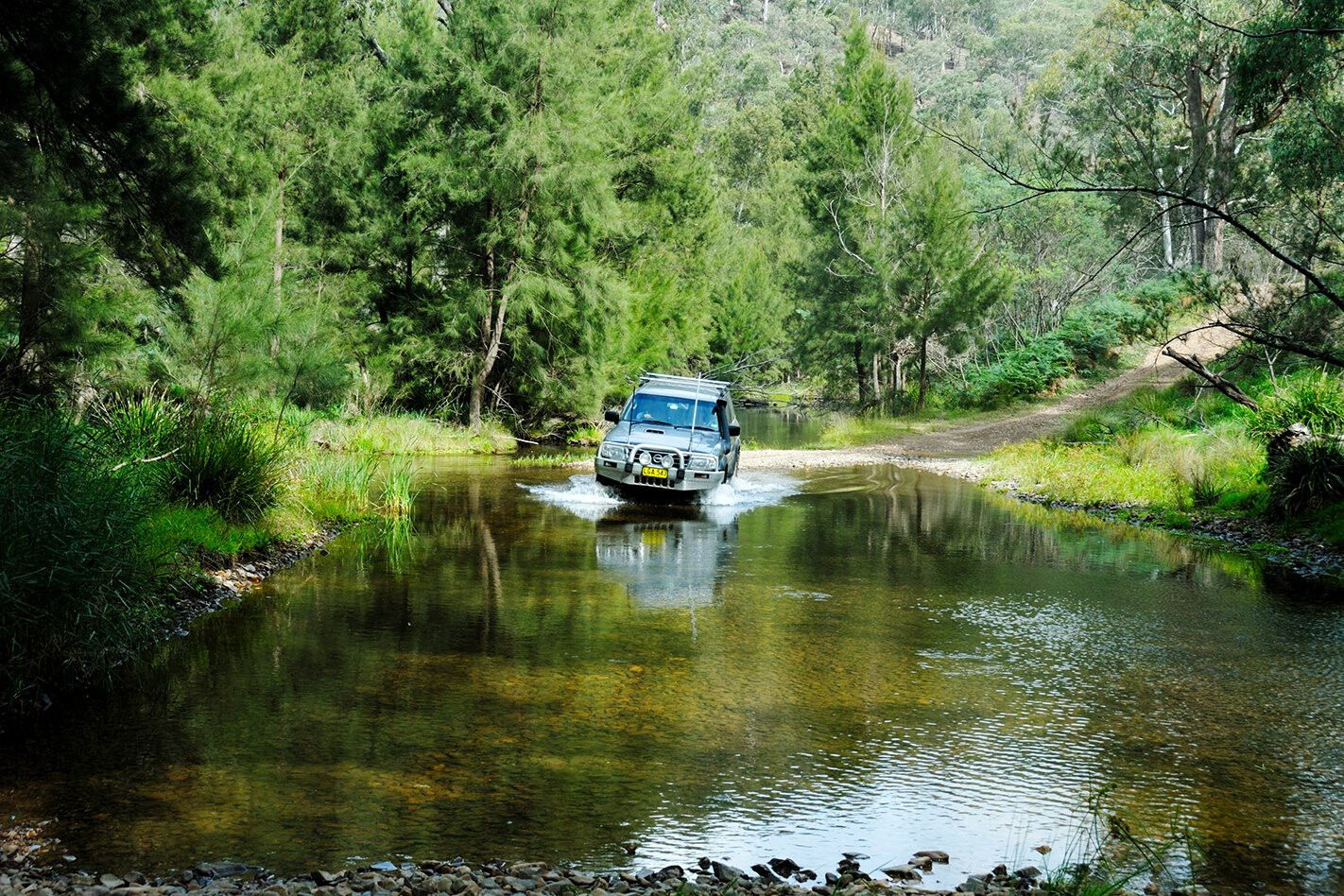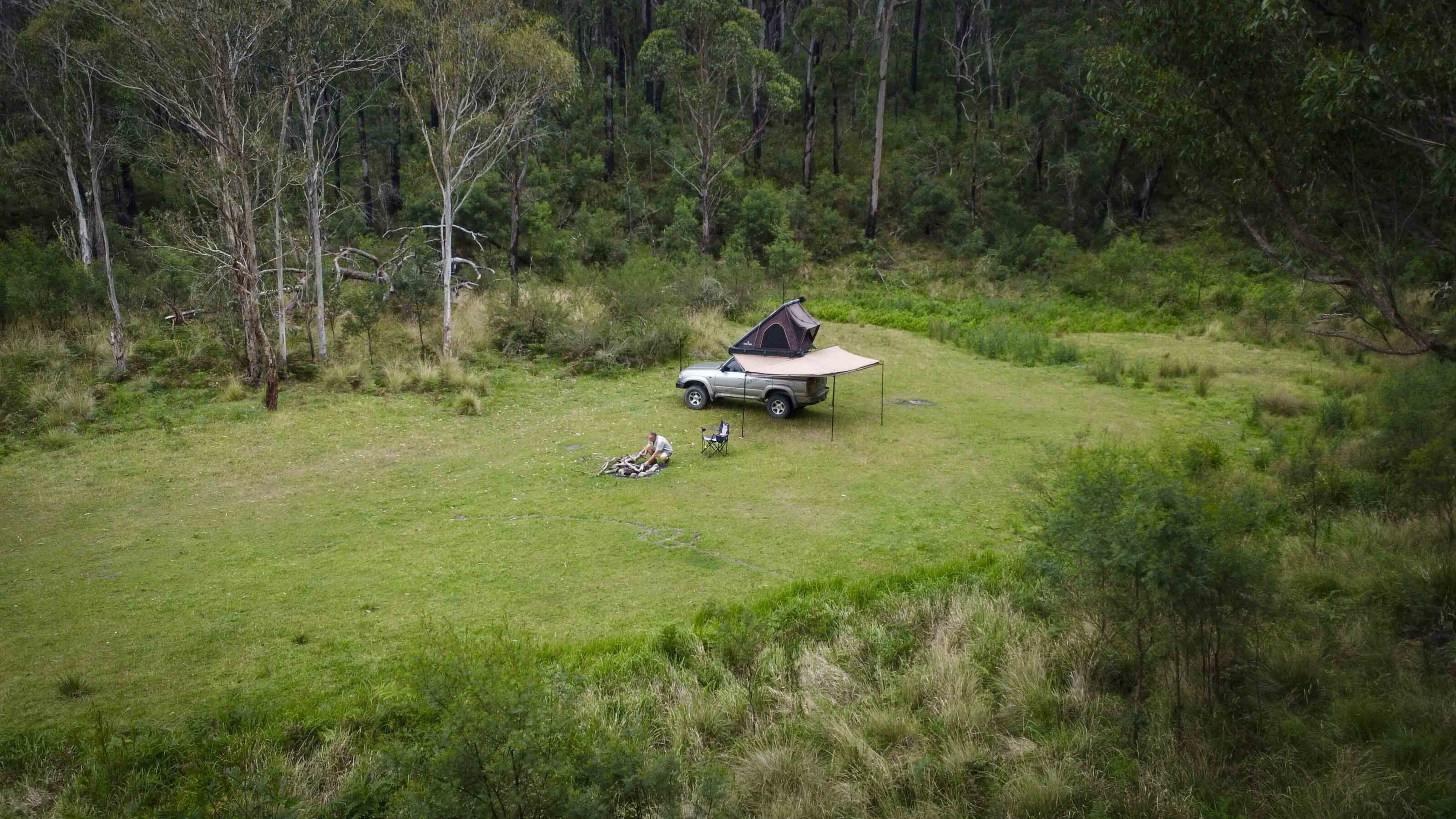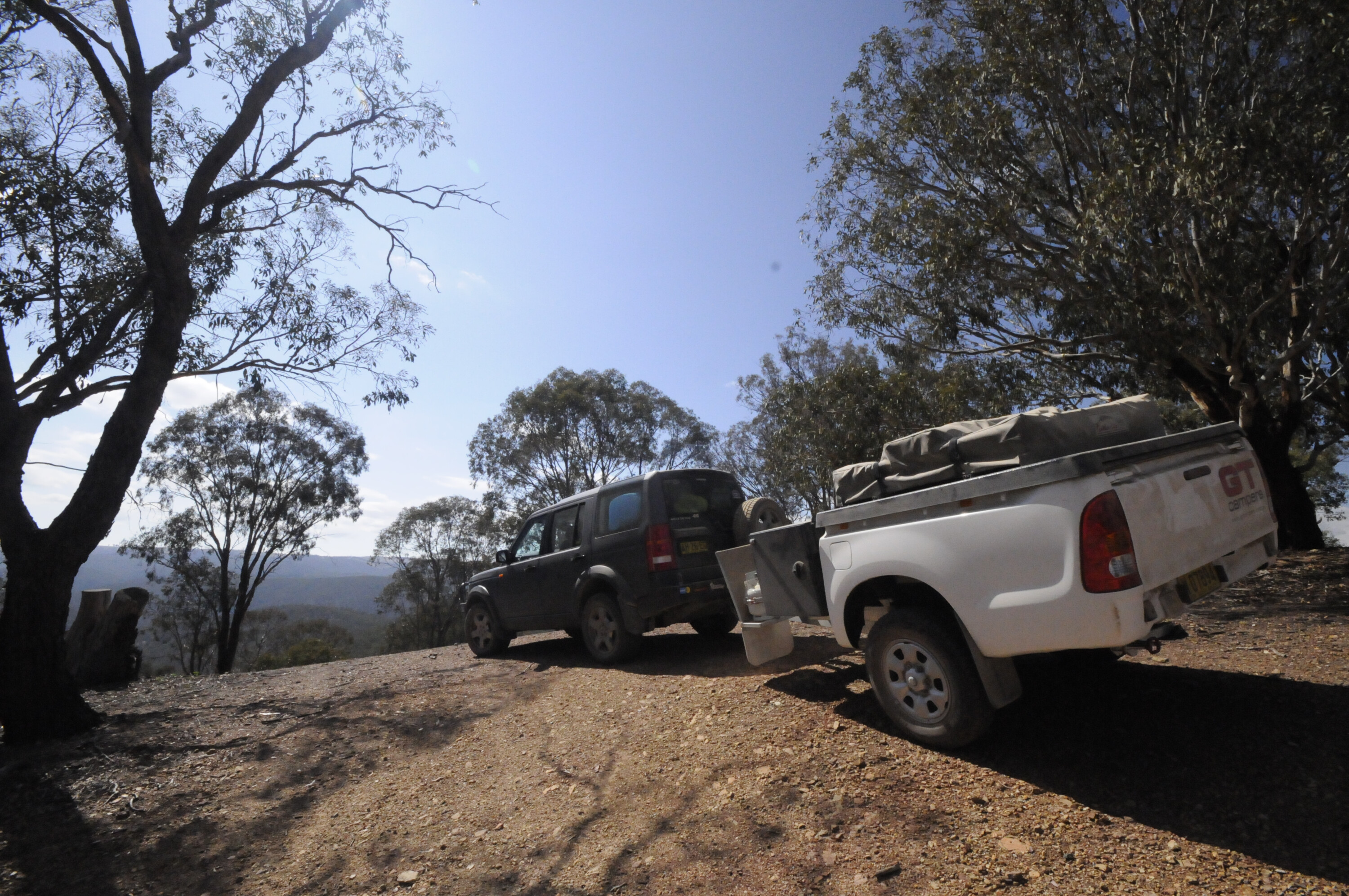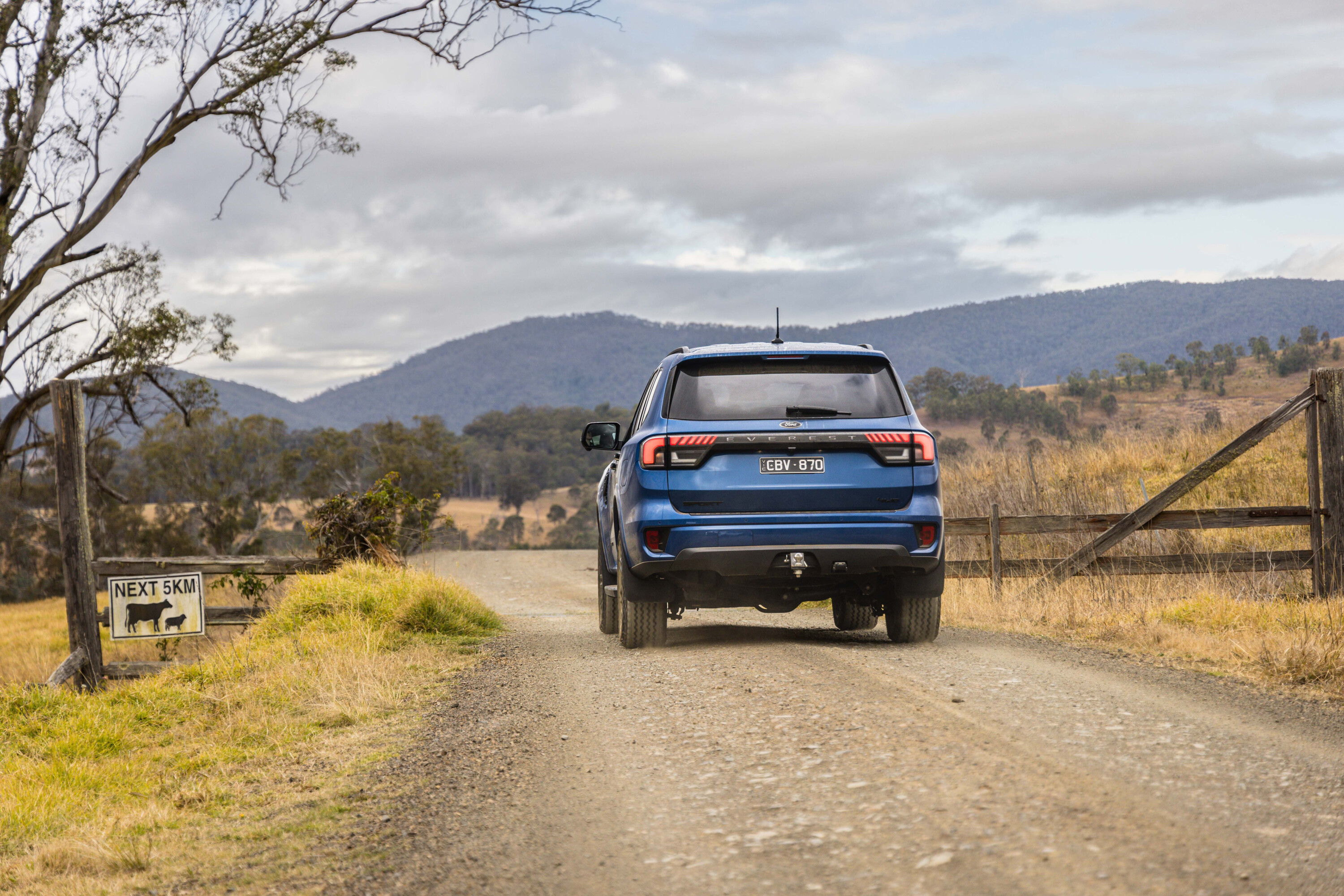This article was first published in the December 2011 issue of 4×4 Australia.
Light rain caressed my face as I crouched beside the Turon River and scanned the rocky hill ahead for signs of life. Being typical wallaroo habitat, I knew it was only a matter of time before one came to the river to drink.
Barely 15 minutes passed before the muscular black body of a male wallaroo emerged from the bush, followed by its smaller bluish-grey mate. They paused to survey the space for potential danger before moving to the water’s edge. Feral dogs and dingoes have devastated wallaroo populations along the Great Dividing Range over the past decade; it was easy to understand why this pair seemed skittish.
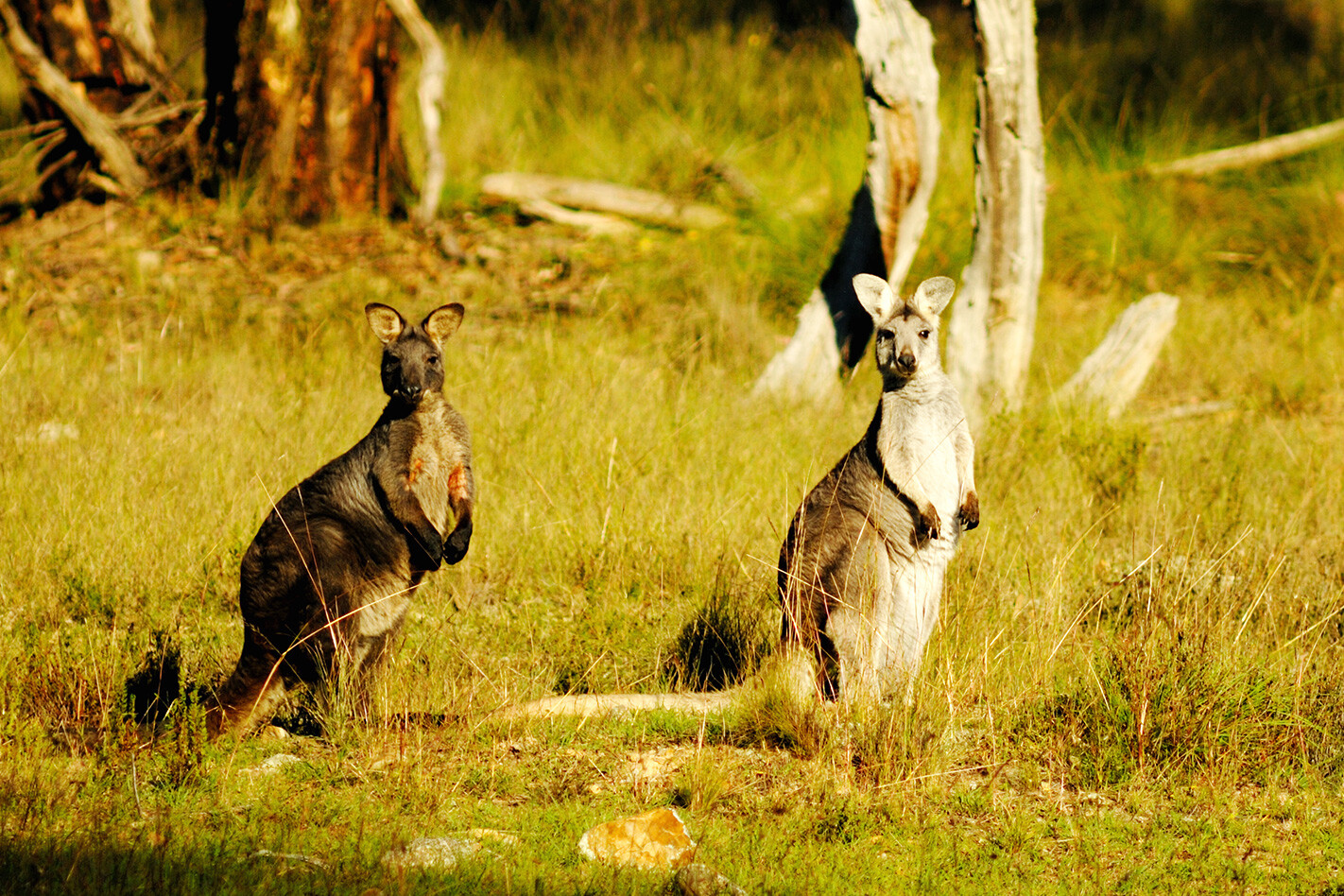
For close encounters with wallaroos, or other native wildlife, it’s hard to go past Turon National Park. Located just 186km north-west of Sydney, near the tiny village of Capertee, it is attracting an increasing number of weekend warriors from Australia’s largest city.
Covering 3060 hectares, Turon NP was established in 2002 to protect the flora and fauna of the western slopes of the Great Dividing Range. The biodiversity of the region has suffered greatly over the past 170 years, largely due to sheep grazing, and many species are now in decline.TURON GOLDFIELDS
Europeans first ventured into the Turon-Capertee region in the 1820s when James Blackman crossed the Blue Mountains and headed north towards present-day Mudgee. He was followed a few years later by wealthy grazier Sir John Jamison, who squatted in the Capertee valley and established a successful cattle station.
Immigrants fleeing the Irish potato famine began arriving in the 1840s and quickly set about clearing the land for sheep so they could cash in on the booming wool markets of Europe.
Tension between new settlers and the Wiradjuri people often resulted in deadly conflicts. These typically arose after Aborigines speared stock to eat, as most of the wildlife they traditionally hunted had been destroyed by the pastoralists.
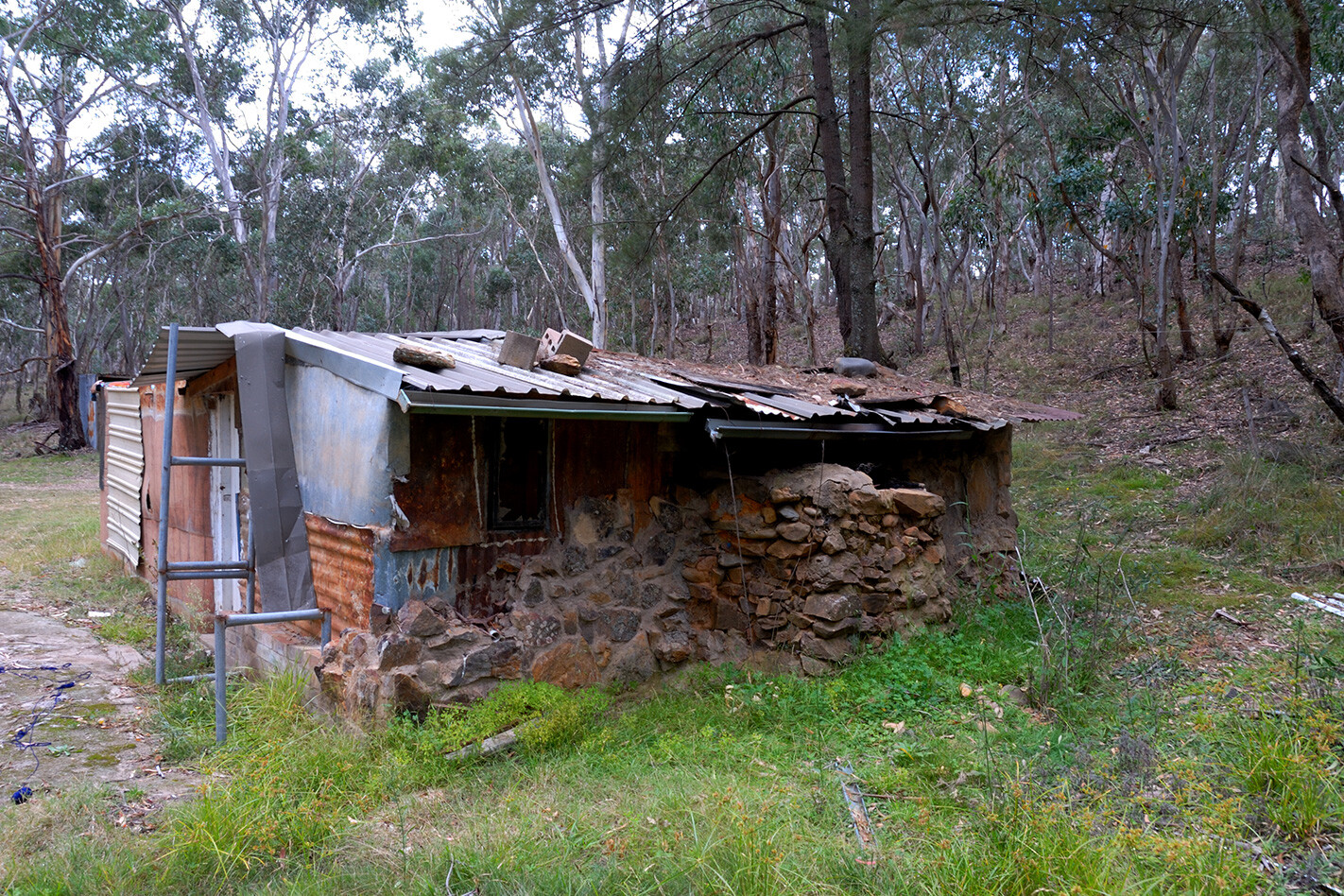
Even access to traditional watering holes were sometimes sealed off to protect stock, forcing many Wiradjuri to fight for their survival. But spears and boomerangs weren’t a match for 19th-century weapons and, within a decade, the once proud people had been reduced to a few small family groups dotted around the valley.
Ironically, an aboriginal prospector started the gold rush in the Turon-Capertee area when he discovered a 1.36kg gold nugget near the Turon River in 1851. Word of the find spread and miners from all over NSW and Victoria soon descended on Turon in the hope of making their fortune. They were joined by prospectors from as far as the USA and China and, by the mid-1850s, nearly every small stream flowing into the river was abuzz with gold-mining activity.
STRESS LESS
If you are coming from Sydney, stock up on food and fuel in Lithgow, as Capertee (near the park turn-off, 42km to the north) only has a pub and a couple of small shops. Allow time to check out this quaint village, which was once the main centre for the Turon goldfields. Capertee’s first pub was built in 1870 and burnt down 15 years later after a dispute between the publican and a couple of gold miners. Its replacement was built of sandstone and lasted 40 years, until it too was destroyed by fire in the 1930s.
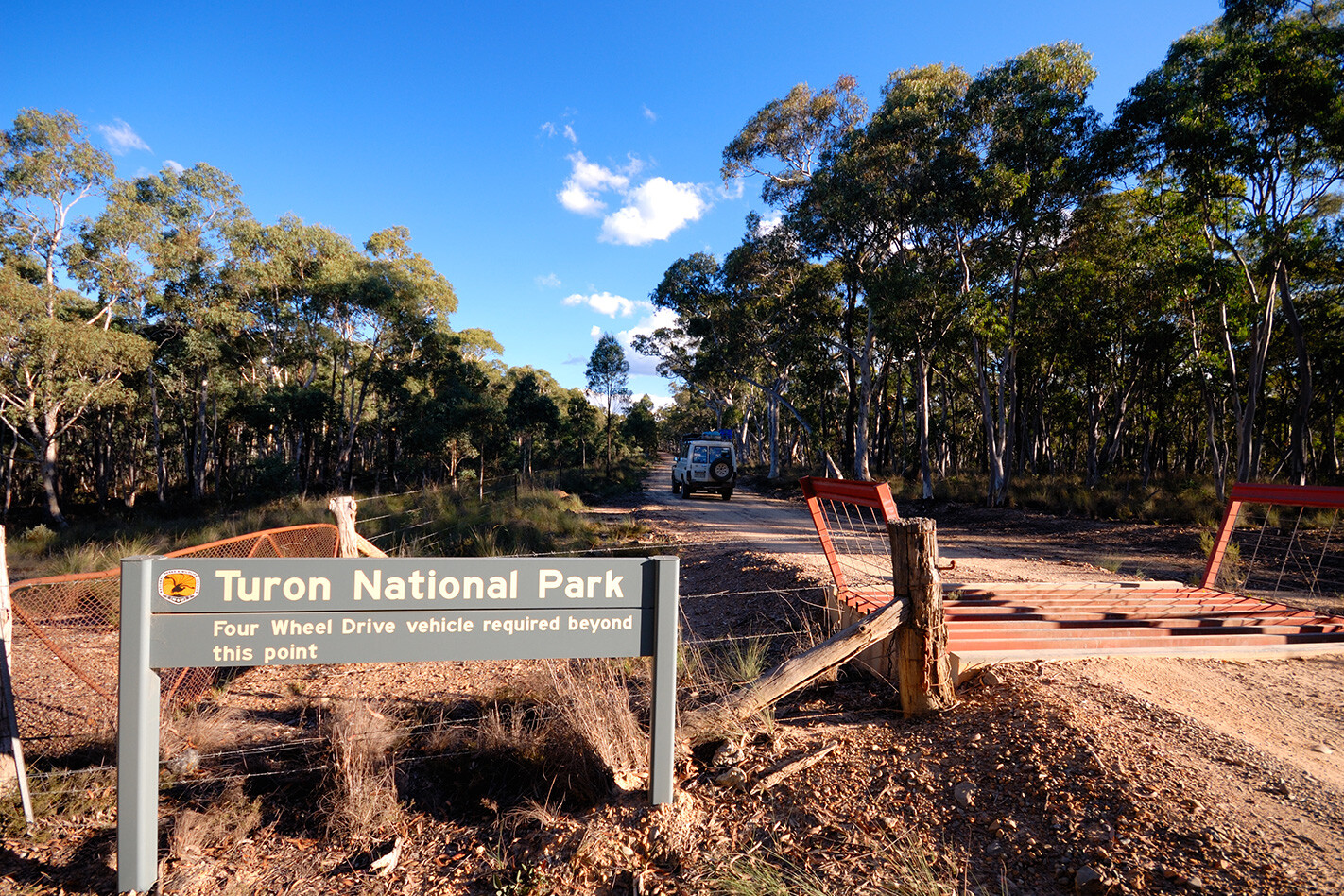
To reach Turon NP, head north from Capertee for about 1km, then turn left onto Lochaber Road and follow the signs for about 2km to the park entrance. From here it’s a further 3km to the camping area. The first kilometre is flat and easy going as you weave through a dense stand of stunted scribbly gums along the top of the range. Many of these gnarled old trees have hollowed-out limbs, making them ideal habitat for possums and gliders. The track then veers sharply left and narrows on the steep descent to the river. There are a number of sharp bends along the way, so beware of oncoming traffic.
Once you reach the track by the river you can turn left towards Woolshed Flat camping area, or right to the more popular camping ground at the Diggings, about 3km away. Both are tranquil spots with toilets, drinking water, picnic tables and a few barbecues and are ideal for family groups. For more secluded camping, there are a number of spots tucked away near the river crossings where you can pitch a tent or roll out a swag for the night.
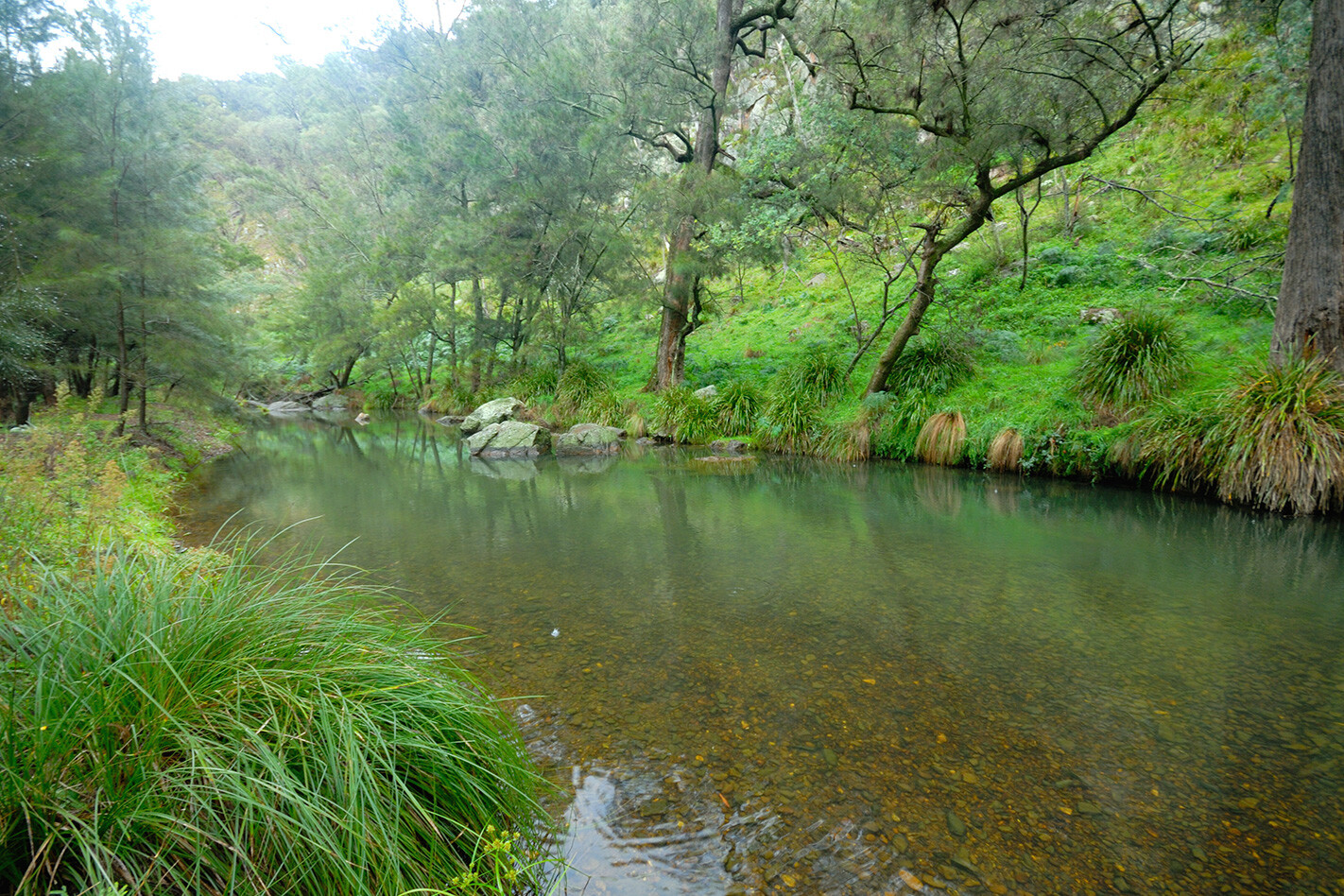
The large she-oaks lining the banks of the Turon River provide plenty of shade on even the hottest days. Birdlife is prolific with numerous species coming down to the water to drink. Crimson rosellas, scarlet honeyeaters, eastern yellow robins and golden whistlers are among the more colourful species seen along the riverbank.
Turon NP is a great spot to recover from modern life. It’s easy to spend hours by the river keeping an eye out for wildlife. With luck, you might even glimpse a platypus breaking the surface – the clear, clean waters of the Turon River are an excellent place to spot the quirky monotreme.
CAMPING
The alluvial flats around the Turon River are littered with remains of old mining shafts, some dating back to the gold rush of the 1850s. While many of the larger ones are blocked off with steel mesh to stop people and wildlife falling in, the numerous smaller shafts are often overgrown with grass or small bushes and can be a danger to the unwary, especially at night.
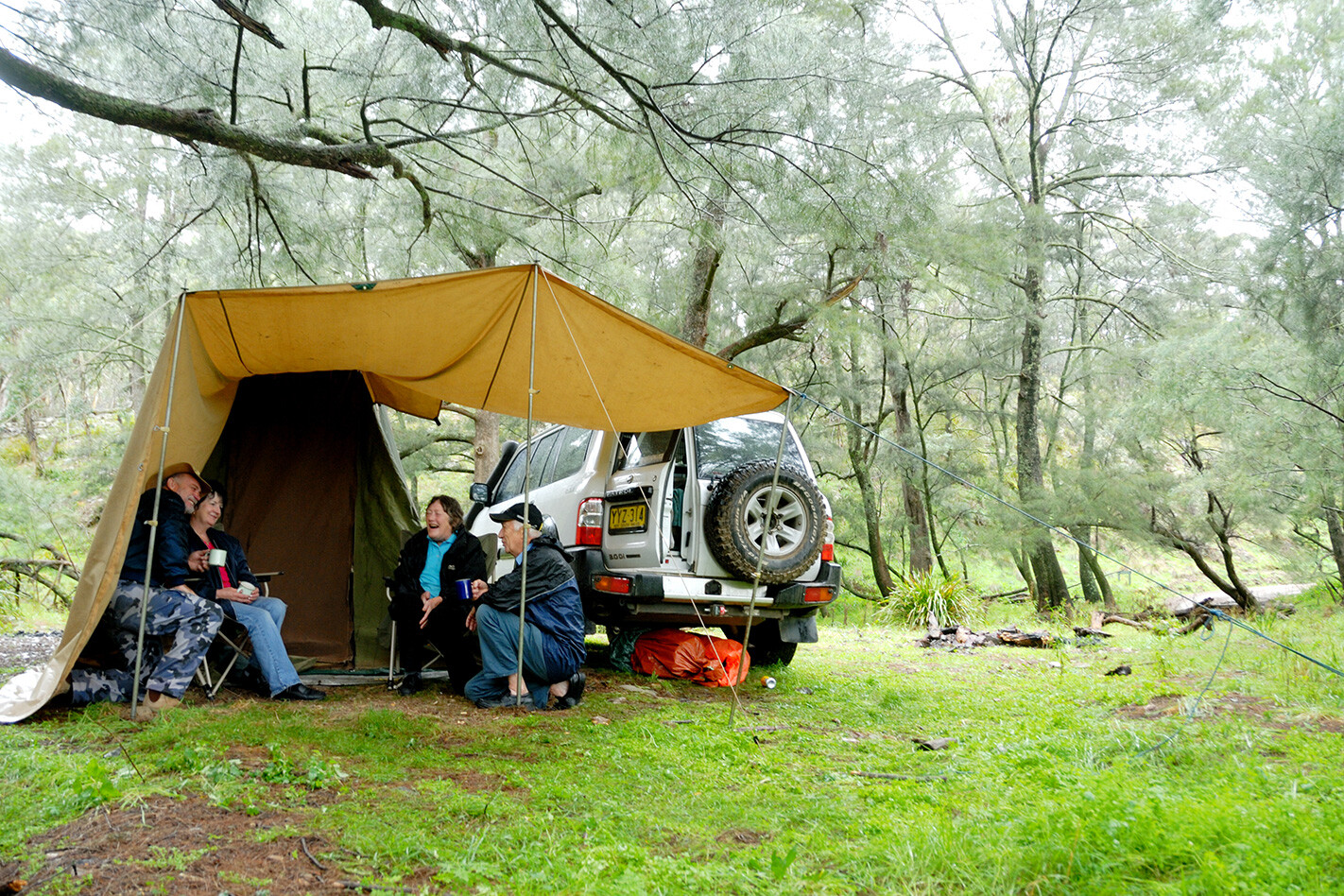
Like many other mountain streams, the Turon River can rise suddenly after heavy rain. Visitors camped close to the riverbank may have to move to higher ground if rain persists. You shouldn’t have to worry too much about rising waters if you stay at the Diggings camping area, as the 20 sites there are fairly safe from fast-rising waters. Set in a large clearing at the junction of the Turon River track and Lochaber Creek track, the Diggings is the more popular of the park’s two camping areas. Bring your own firewood – collecting fallen wood within the park is strictly prohibited, it provides homes for an array of native animals.
EXPLORING
While there are no designated hiking tracks within Turon NP, bushwalkers can easily spend many enjoyable hours meandering along the banks of the Turon River or the small creeks that flow into it.
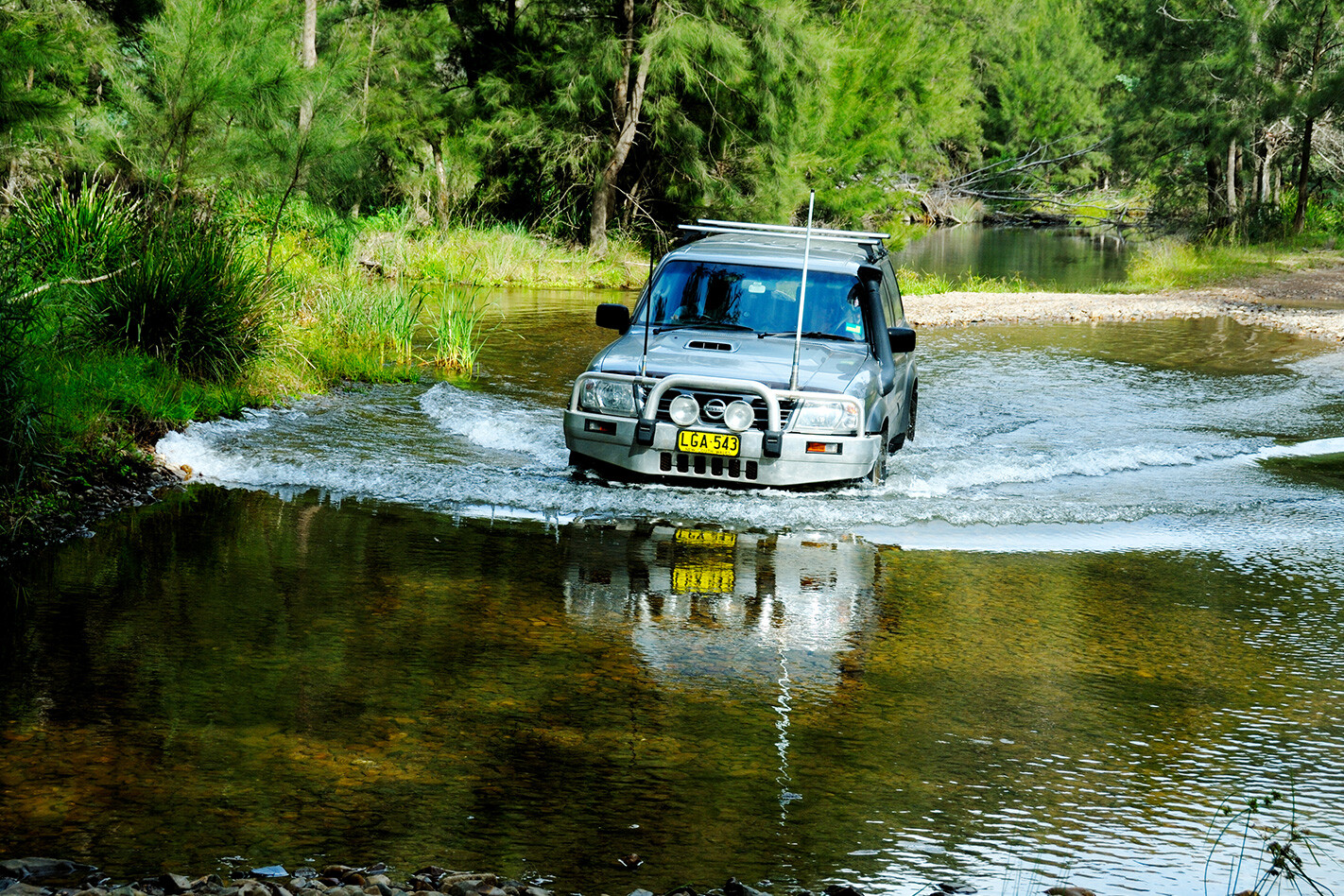
Wombats are common in this part of NSW, as is the sight of their large burrows. Hikers could try to follow some of the animal trails that follow the steep slopes up from the river. Be sure to carry plenty of drinking water and a compass or a GPS if you try these trails, since it would be easy to become disorientated in this rough, rocky terrain.
Exploring the park by vehicle is easy, with the main track following the contours of the river for about 12km, making numerous crossings along the way. Most are shallow and the approaches good, so you shouldn’t have any problems if you’re careful. During prolonged rain, avoid the minor tracks that rise up steeply from the river; they can become very slippery and dangerous.
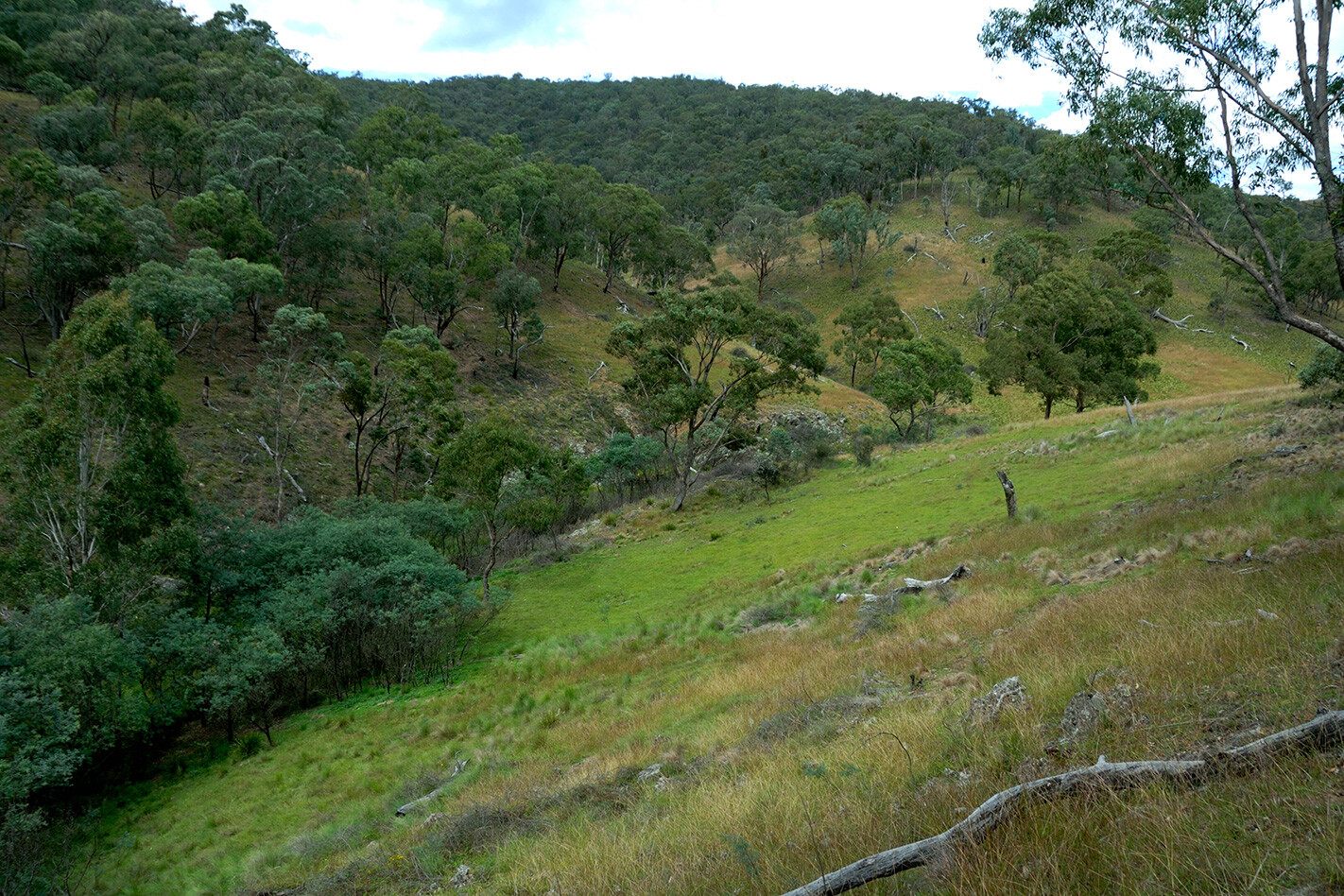
There are a few historical sites to explore as you drive through the park, such as River Ron’s hut. Ron’s hut is made almost entirely of corrugated iron and is typical of the sort of dwelling that prospectors and hermits constructed along the river. Although lacking modern conveniences such as electricity and running water, most of these old huts had a wood stove for cooking and heating in winter, when temperatures can drop below zero.
From River Ron’s hut, the track becomes steep and stony, winding through the hills for about 1.5km until it descends to the large grassy Woolshed Flat camping area. This is a lovely spot and quieter than the more popular Diggings. “It would be hard to find a more tranquil spot to stay anywhere in Australia,” reckons veteran camper Peter Thorpe, who has been coming to the Turon River regularly for the past 20 years. “Not too many people, plenty of wildlife and only a few hours’ drive from Sydney. You couldn’t ask for more.”
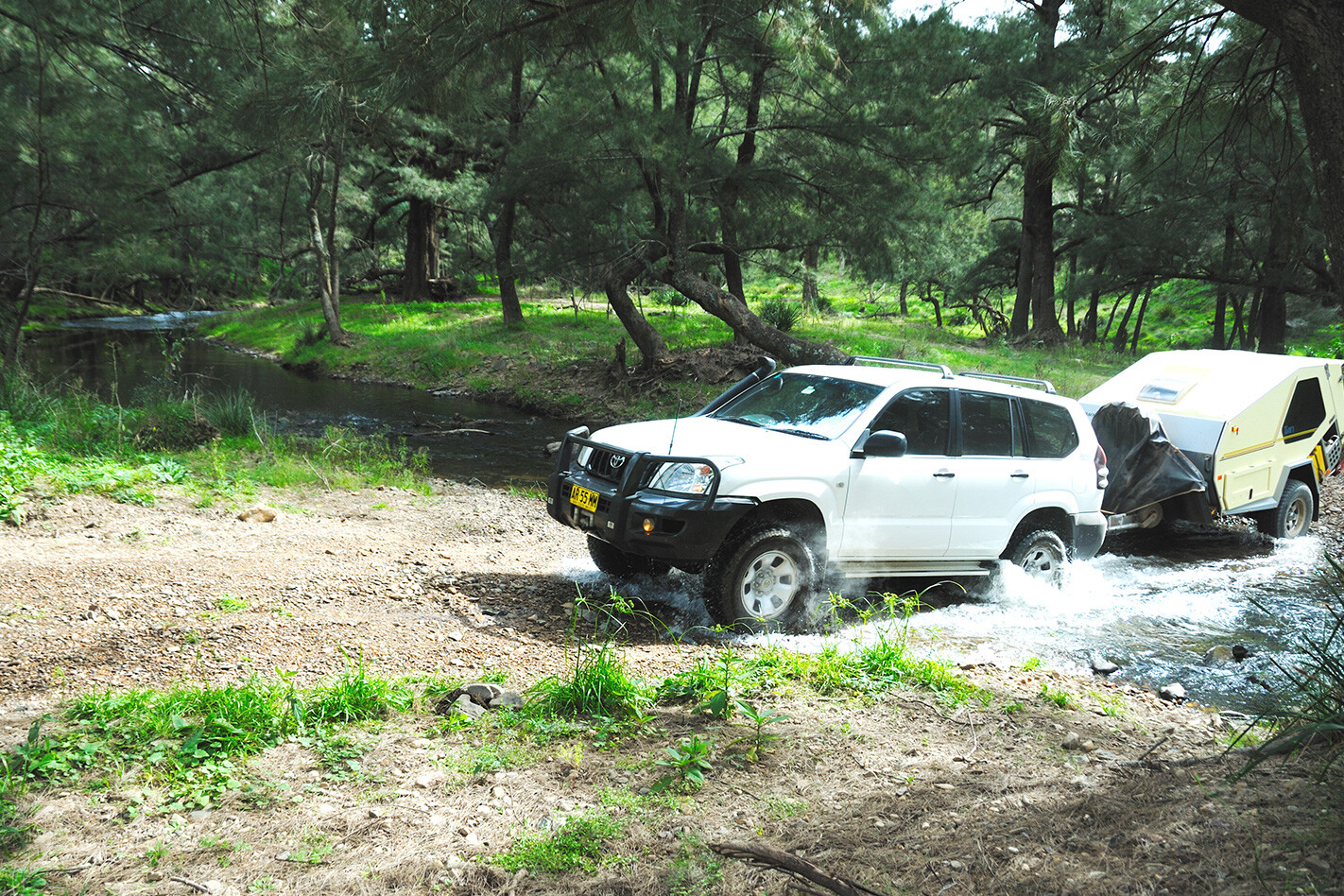
TRAVEL PLANNER
WHERE
Turon NP is located about two-and-a-half hours north-west of Sydney, via Lithgow and Capertee.
CAMPING:
There are two camping areas – the Diggings and Woolshed Flat. Both have toilets, barbecues and picnic tables. You can also bush camp at a number of spots along the Turon River. Bring firewood, since collecting it within the park is illegal. Currently there are no charges for camping and no need to book.
WHEN TO GO:
The park can be visited throughout the year. Early mornings in mid-winter can be very cold, with the temperature often falling below zero.
WHAT TO BRING:
Food, drinking water and firewood.
MAPS:
Hema’s Camping Atlas of NSW

